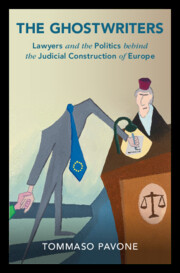Ghostwriting autobiographies has gained so high a profile that novels and films focus on the ghost. To deepen understanding of such collaborations in science and medicine, this article reconstructs the making of A Matter of Life (1980), ‘the sensational story of the world’s first test-tube baby’. Although critiqued by feminist scholars, revised through research and embellished in fiction, this double autobiography of Robert Edwards and Patrick Steptoe is still the standard history of the British team’s work to achieve in vitro fertilisation (IVF). It is thus high time to investigate the debt acknowledged only by ‘gratitude for his invaluable help’ to the physician and poet Dannie Abse. I use previously unexploited manuscripts to illuminate relationships among authors, rewriter, and editor, and among those they cast as involved in the research. The records show that Abse rewrote underwhelming drafts for a publisher that had bought and sold the doctors’ story of the ‘baby of the century’ and needed a bestseller. To engage readers, he reworked the text so that alleviating infertility appeared as a career-long quest. As a result of adding vivid scenes with characters and expository dialogue, Abse began to give women—wives, assistants and patients—larger roles in the drama. The objections of Edwards and his circle to various literary references and factual claims were overruled. Yet the authors came across more sympathetically, and IVF was promoted more effectively, than in their own drafts. The process puts recent retellings of the story into perspective and exemplifies how collaboration can shape scientific and medical autobiographies.

